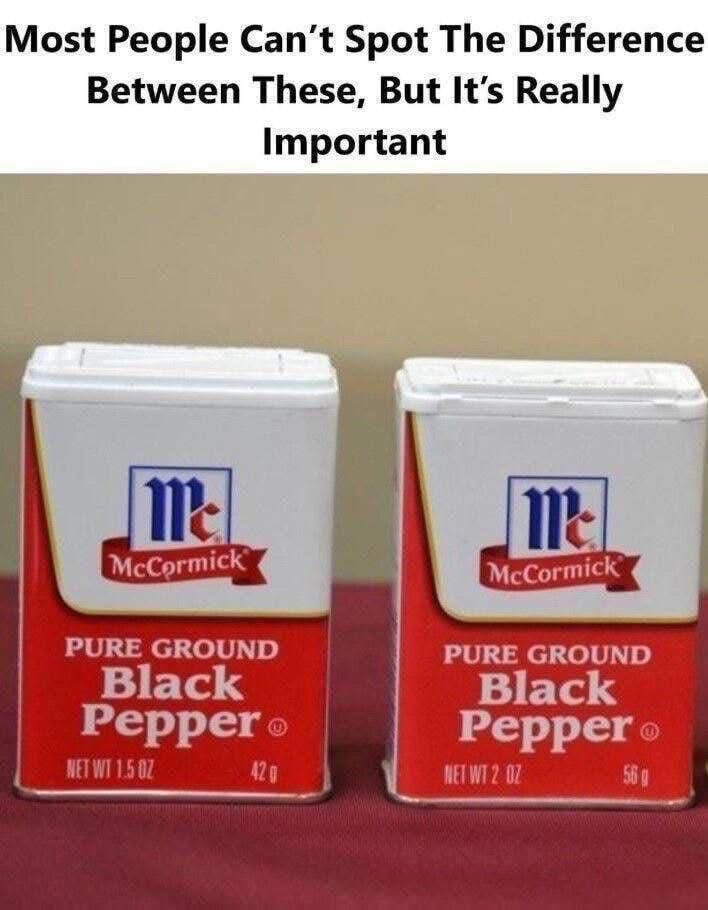What Is Shrinkflation?
Shrinkflation is when a product’s quantity decreases while the price stays the same (or even goes up).
For example:
A bag of chips that used to weigh 10 ounces now only has 8 ounces.
A chocolate bar that used to have 12 squares now only has 10.
A cereal box that looks the same size but has less inside.
This strategy allows companies to cut costs without alarming customers with obvious price increases.
Why Do Companies Use Shrinkflation?
There are a few big reasons:
Rising Costs – Ingredients, packaging, and transportation have all become more expensive.
Psychological Pricing – Brands know people notice price hikes more than size changes.
Competition – Keeping the price tag stable helps products “look affordable” compared to competitors.
Packaging Tricks That Hide Shrinkflation
Shrinkflation often goes hand-in-hand with visual tricks in packaging. Some of the most common include:
Same box, less inside: Companies make the box taller or wider but reduce the actual contents. Thicker packaging: Extra cardboard, plastic, or air in the bag gives the illusion of “full.” Curved bottoms or hidden gaps: Jars of peanut butter or tubs of ice cream sometimes have concave bottoms, reducing volume without being obvious. “New design” distraction: Brands launch a “new look” so you focus on the packaging, not the smaller size.
Examples of Shrinkflation in Food
Potato chips bags looking puffier but containing more air than chips.
Ice cream tubs reduced from 64 ounces to 48 ounces. Candy bars shrinking in weight while the wrapper size stays the same.
Orange juice bottles losing a few ounces but keeping the same tall, slim design.
How to Spot Shrinkflation
Check the net weight (ounces or grams) printed on the package.
Compare old and new products if possible—sometimes older stock still has the larger size.
Don’t be fooled by flashy packaging—bigger box doesn’t always mean more food.
Why It Matters to Consumers
Shrinkflation may seem small, but it adds up:
You’re paying more per ounce or per serving than before. It can trick families into thinking they’re buying enough food, only to run out sooner. It reduces trust in brands when people eventually notice.
Conclusion
Shrinkflation and food packaging tricks are clever ways companies protect profits—but at the consumer’s expense. By being aware of the signs, checking labels, and comparing sizes, you can avoid falling into the trap. Next time you shop, look a little closer at that bag of chips or cereal box—you might be surprised at how much (or little) you’re actually getting.

